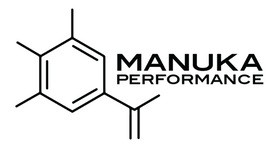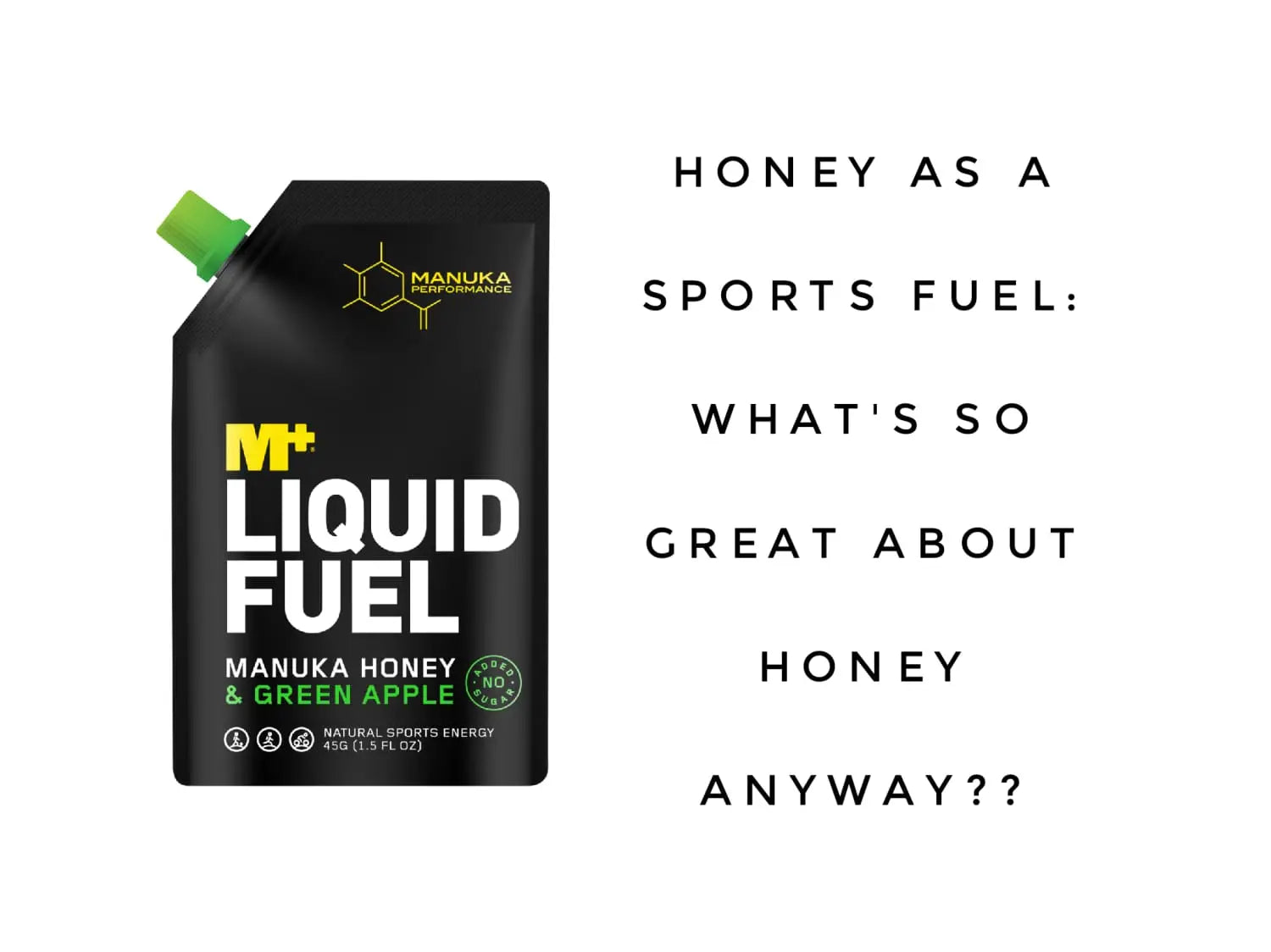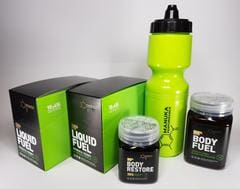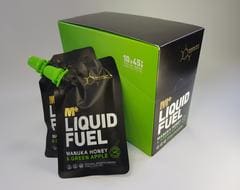So what’s so great about honey anyway?
Honey is nature’s not so hidden secret. It has been observed from time immemorial that honey is not only important for its medicinal attributes, but is also useful as food sweetener, complete food and as a natural beauty agent.
Honey has been used respectively by practitioners for numerous health benefits, and researchers have also documented honey’s beneficial roles in modern medicine, especially in wound treatments. Furthermore, several different surveys have been compiled on the nutritional and health aspects of honey. The nutritional value and medicinal properties of honey are too numerous and highly inexhaustible to be comprehensively documented here, least of all in a blog article. This author has done his fair share of academic writing – no need for any more essays.
Hurry up and get to the goods:
The consumption of energy giving substances before, during and after any form of physical exercise improves the individual’s performance and increases the rejuvenation of muscles.
Honey, which provides up to 17g of carbohydrates per spoonful has been shown to be as effective as glucose and other commercially available sports energy supplements.
Researchers observed that honey provided a significant increase in heart frequency and a fairly constant blood glucose level. These suggest that honey may in fact be better than glucose for exercise energy.
In another trial cyclists were provided low GI (honey) or high GI (glucose) gels over a distance of about 65 km. The results of the research show that both the low GI (honey) and the high GI (glucose) substances caused increase in performance. However, the effect produced by eating honey surpassed that observed in the athletes fed with glucose. This aligns with other previous studies that show honey consumption does not compromise metabolic and physical activities.
Furthermore, honey is better than glucose for exercise and athletic performance because of its constituent multiple sugar forms (glucose and fructose).
Warning; science bit ahead!
Fructose and glucose are ketose and aldose sugars respectively with chemical structural differences, and consequently different patterns of metabolism, despite both being monosaccharides with quick burning tendencies.
Honey releases fructose slowly into the blood stream to produce a sustained energy boost and maintain homeostasis. The glucose in honey is rapidly absorbed into the blood for immediate energy. The various phytochemical constituents of honey also contribute to the progressive slow rate of fructose metabolism.
That’s enough bio-science for now – my brain hurts.
Suffice to say that honey shows great natural advantages over other manufactured sport energy products. The trick is to know you are using real honey. How can you tell?
Well, Manuka Performance is manufactured here in New Zealand in a UMF Certified facility. Because we process Manuka Honey (just wait for THAT blog article!!) we abide by tough international standards to ensure all honey coming from our facility is certified, tested and is the real deal.
We know where every drop of honey comes from, which beekeepers supplied it and where in New Zealand (to the hive location) the bees produce it.
This is the first blog article in a detailed and ongoing series on honey, MP Sports Nutrition and our entire back story.
So if you're a discerning athlete wanting something natural, healthy, and good on your stomach, check out our Manuka Performance Sports Products below – order online and have them shipped all around the world.
Click the image below to look at our range of elite energy products.
Below is a list of references to back the claims made is this blog. The footnotes did not transfer to the text body - however some robust searching will find the info you are looking for.
Crane E. In: Honey, A Comprehensive Survey. Crane E, editor. William Heinemann, London; 1975. History of honey; pp. 439–488.
The role of honey in the management of wounds. Molan PC, J Wound Care. 1999 Sep; 8(8):415-8.
Kreider RB, Rasmussen CJ, Lancaster SL, Kerksick C, Greenwood M. Honey: An alternative sports gel. Strength Conditioning J. 2002;24:50–51.
Low vs. high glycemic index carbohydrate gel ingestion during simulated 64-km cycling time trial performance. Earnest CP, Lancaster SL, Rasmussen CJ, Kerksick CM, Lucia A, Greenwood MC, Almada AL, Cowan PA, Kreider RB J Strength Cond Res. 2004 Aug; 18(3):466-72
Effects of daily consumption of honey solution on hematological indices and blood levels of minerals and enzymes in normal individuals. Al-Waili NS J Med Food. 2003 Summer; 6(2):135-40.
Fructose metabolism. I. The fructose metabolic pathway. Heman RH, Zakim D Am J Clin Nutr. 1968 Mar; 21(3):245-9.



